Flexibility plays a crucial role in maintaining overall mobility and preventing discomfort or pain in the body. One stretch that targets the piriformis muscle, located in the hip area, can be done while standing. This standing piriformis stretch helps alleviate tension in the piriformis muscle and promotes flexibility in the hip and lower back.
To begin the standing piriformis stretch, stand with feet shoulder-width apart and maintain a stable and balanced stance. Ensure proper alignment by keeping the shoulders relaxed and the spine in a neutral position.
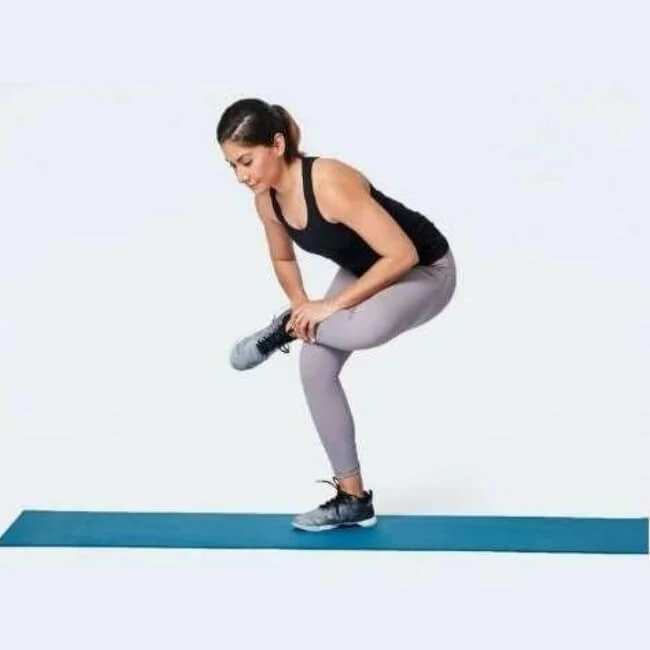
To perform the standing piriformis stretch, cross the leg of the side you wish to target over the other leg, forming a figure-four shape. Keep the foot of the crossed leg flexed to maintain stability. Slowly lower your upper body by bending at the hips, keeping the back straight. Let the stretched leg’s knee bend naturally as you go down.
Key points and precautions
Avoid bouncing or jerking movements during the stretch, as they can lead to injury. Instead, focus on slow and controlled movements to ensure a safe and effective stretch. If you have any pre-existing conditions or injuries, consult with a healthcare professional before attempting this exercise.
Benefits
The standing piriformis stretch offers numerous benefits. It helps release tension in the piriformis muscle, which can often be tight due to prolonged sitting or physical activities. By stretching the piriformis, you can reduce the risk of sciatic nerve pain and improve hip and lower back mobility.
Recommended frequency and progression
For optimal results, aim to perform the standing piriformis stretch daily or at least a few times per week. Start with holding the stretch for 15-30 seconds and gradually increase the duration as your flexibility improves. As you become more comfortable, you can deepen the stretch by gently pressing your elbow against the bent knee.
Variations and modifications
Modifications can be made to cater to individual fitness levels and abilities. If balance is a concern, perform the stretch near a wall or use a chair for support. Alternatively, try performing the stretch while lying on the back, bringing the knee of the targeted side towards the opposite shoulder.
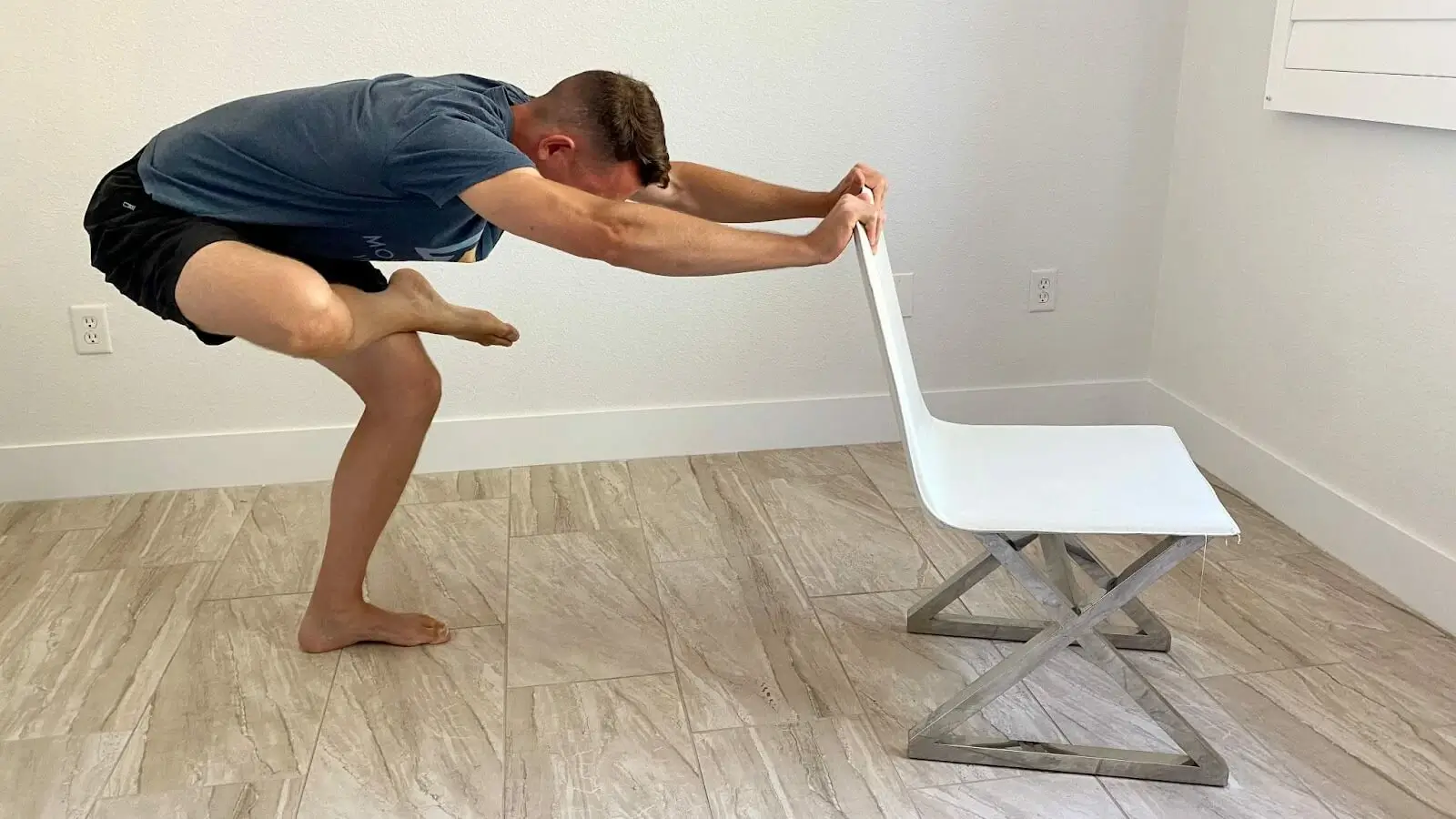
Benefits of combining the stretch with the Acu-hump
Incorporating the Acu-hump into the piriformis stretch offers unique advantages. The Acu-hump provides targeted pressure on the piriformis muscle, promoting muscle release and improved blood circulation. This added support enhances the stretch, aiding in the relief of discomfort and reducing the risk of piriformis syndrome or sciatica.
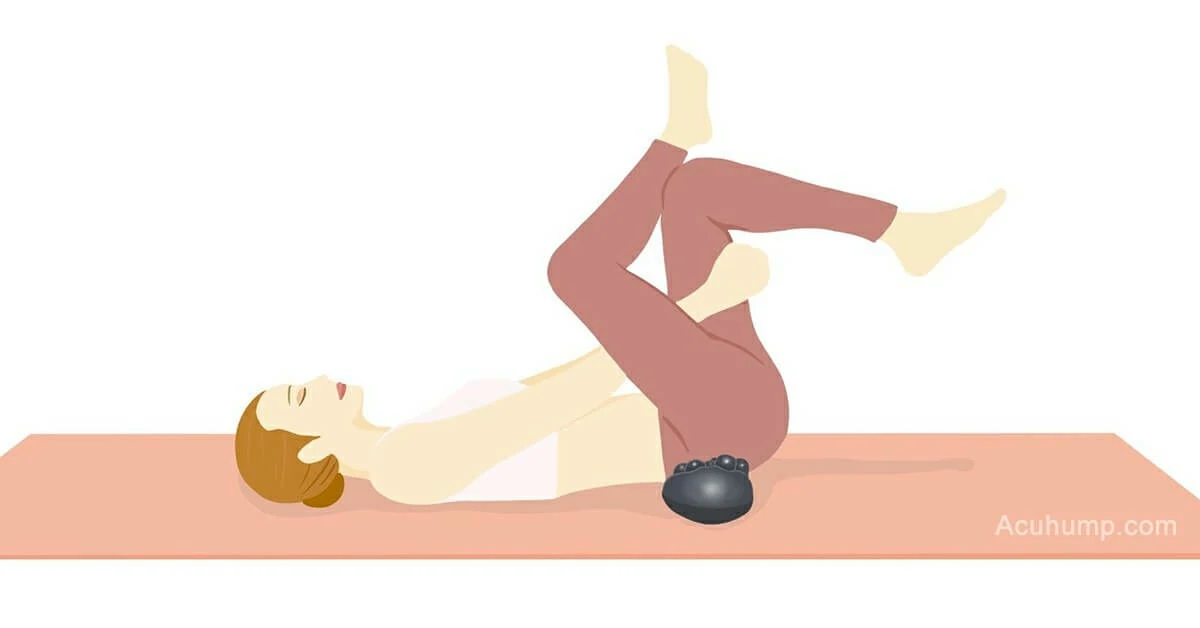
Recommended frequency and progression
To experience the benefits of the enhanced stretch, consider incorporating it with the Acu-hump two to three times a week, or as advised by a healthcare professional. Gradually increase the pressure applied with the Acu-hump over time to continue challenging your flexibility and promoting muscle relaxation.
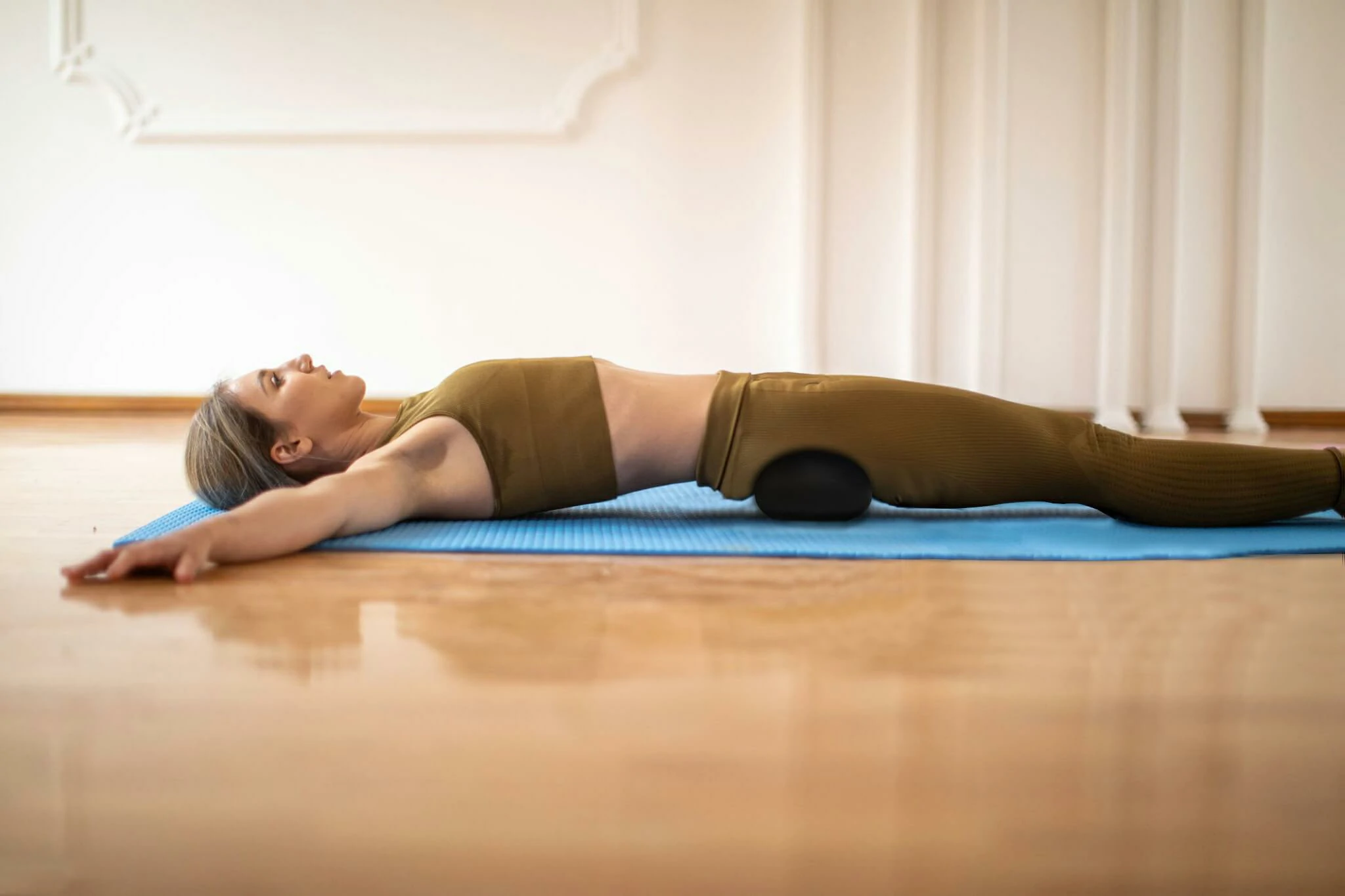
Individuals can experiment with various positions of the Acu-hump under the buttocks to find the most comfortable and effective placement.
Acu-hump: Full refund policy. No risk for you.
Acu-hump: The Multi-Purpose Acupressure Massage Stretcher
Introducing Acu-hump, a sciatic massager designed to target specific pressure points and provide relaxation to your lower back and hips.
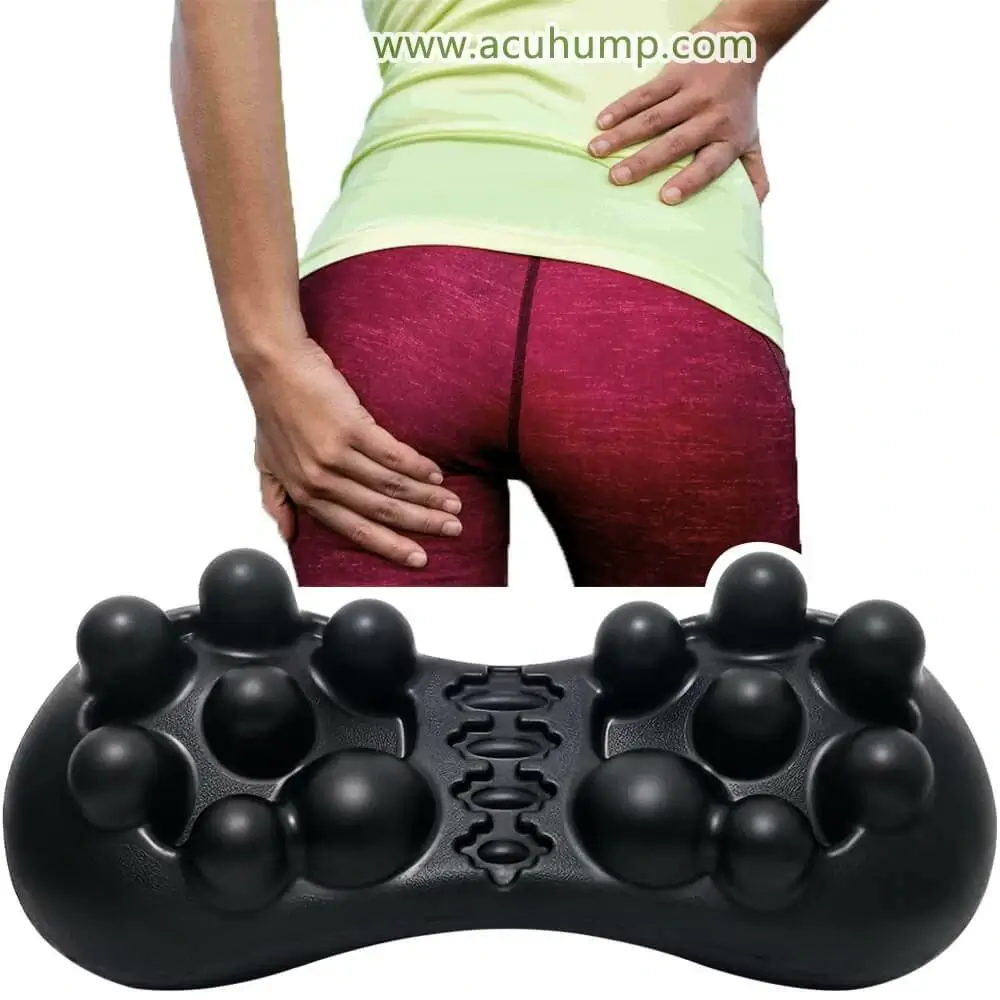
Acu-hump: Full refund policy. No risk for you.
Targeted Acupressure Massage
The Acu-hump is designed with strategically placed acupressure points, targeting key muscle groups in the lower back and hips. When laid on, the raised bumps of the Acu-hump apply gentle pressure to these specific points, stimulating blood flow and promoting muscle relaxation. Using the Acu-hump for a few minutes a day can help release tension, reduce muscle pain, and provide relief to tight or sore muscles.
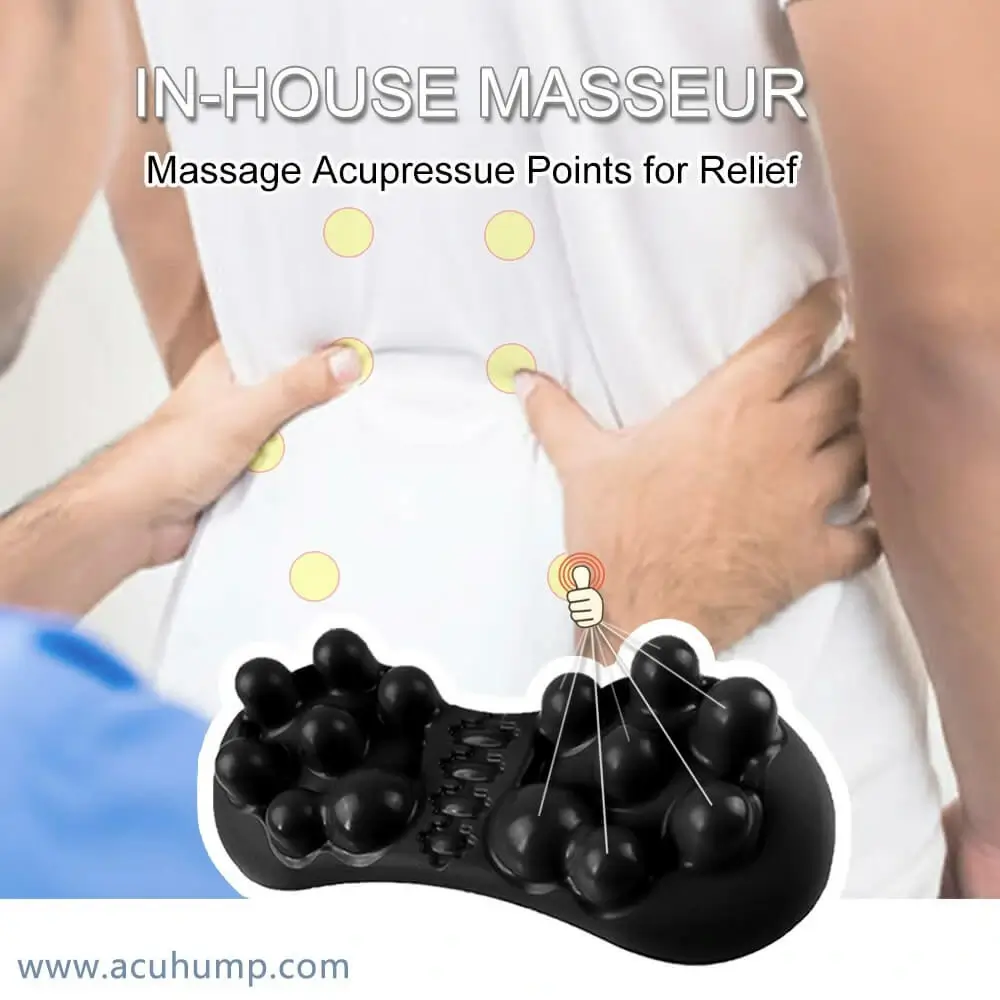
Versatile Stretching Device
In addition to its acupressure massage benefits, the Acu-hump also doubles as a stretching device. By positioning the Acu-hump under your lower back or hips, you can enhance traditional stretches, allowing for a deeper and more effective stretch. The raised curvature of the Acu-hump helps to elongate and stretch the targeted muscle groups, promoting flexibility and preventing muscle imbalances.

Acu-hump: 30-day return policy. No risk for you.
We have designed a 10-minute stretching routine that takes into consideration various factors affecting the piriformis muscle. By practicing these 6 movements, we aim to help you alleviate discomfort from the lower back to the buttocks.
Furthermore, step-by-step instructions have been included specifically for beginners.
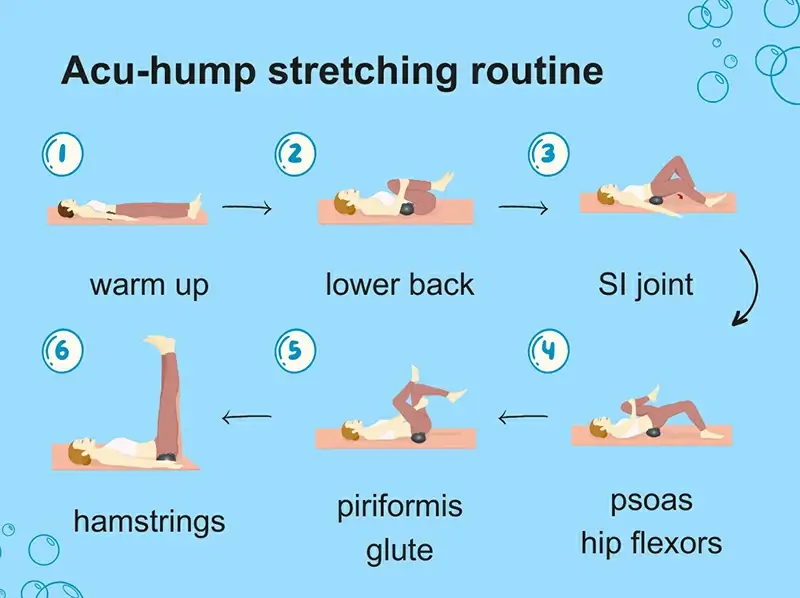
Reduced Muscle Tension
Muscle tension in the lower back and hips is a common issue caused by prolonged sitting, physical activity, or stress. The Acu-hump’s acupressure massage feature helps release muscle tension by stimulating the release of endorphins and relaxing the muscles. Regular use of the Acu-hump can lead to long-term relief from muscle tightness and discomfort.

Enhanced Flexibility
By incorporating the Acu-hump into your stretching routine, you can improve your range of motion and flexibility. The raised curvature of the Acu-hump allows for a deeper stretch along the spine and hips, effectively targeting different glute regions. This can be particularly beneficial for individuals who engage in activities that require hip mobility, such as sports, dancing, or weightlifting.
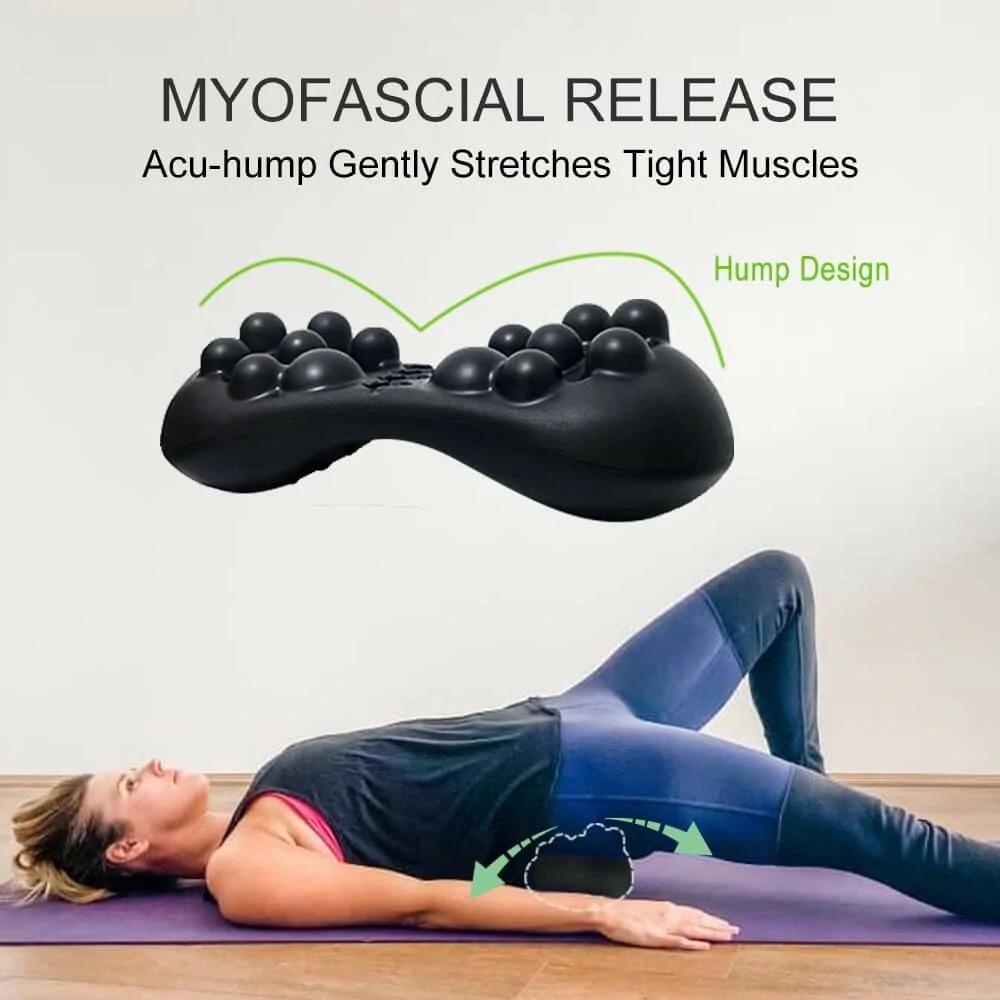
Acu-hump: 30-day return policy. No risk for you.
The standing piriformis stretch is a valuable addition to any stretching routine, releasing tightness in the piriformis muscle and promoting overall mobility. By combining the stretch with the Acu-hump, targeted pressure is applied, aiding in muscle release, improved blood circulation, and enhanced flexibility.

Acu-hump®
Release Butt & Lower Back
Remember to consult with a healthcare professional before starting any new exercise program and to modified piriformis stretch to suit your individual needs. Regular practice of the standing piriformis stretch, and Acu-hump can contribute to a healthy, mobile, and pain-free lifestyle.
